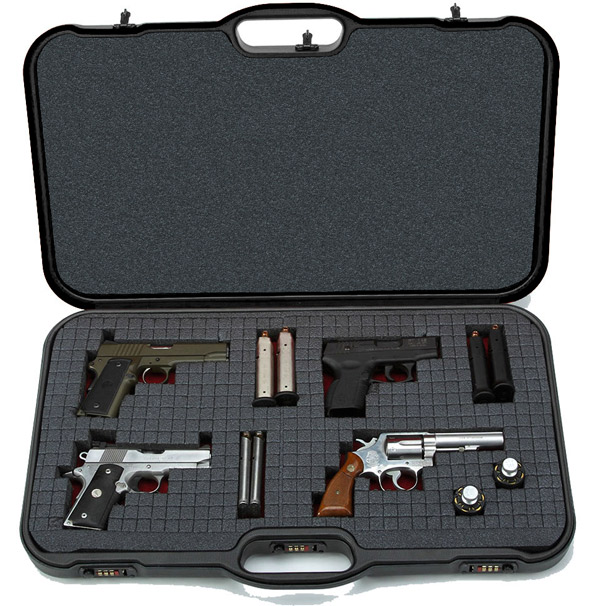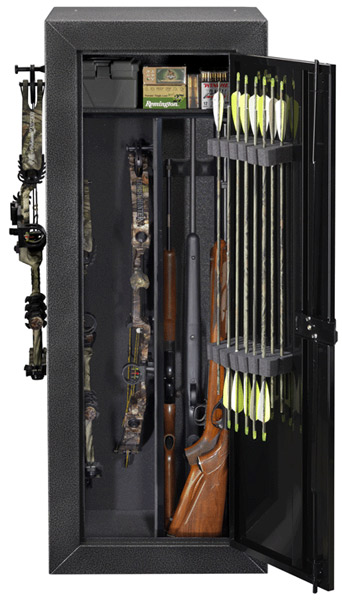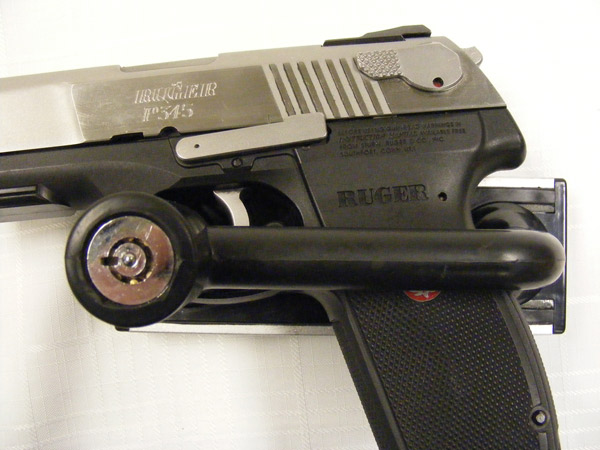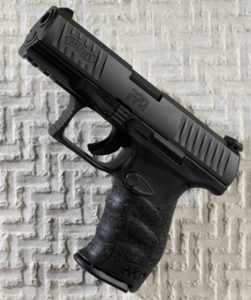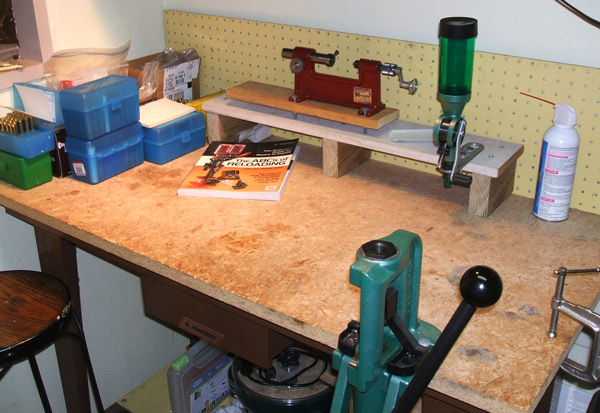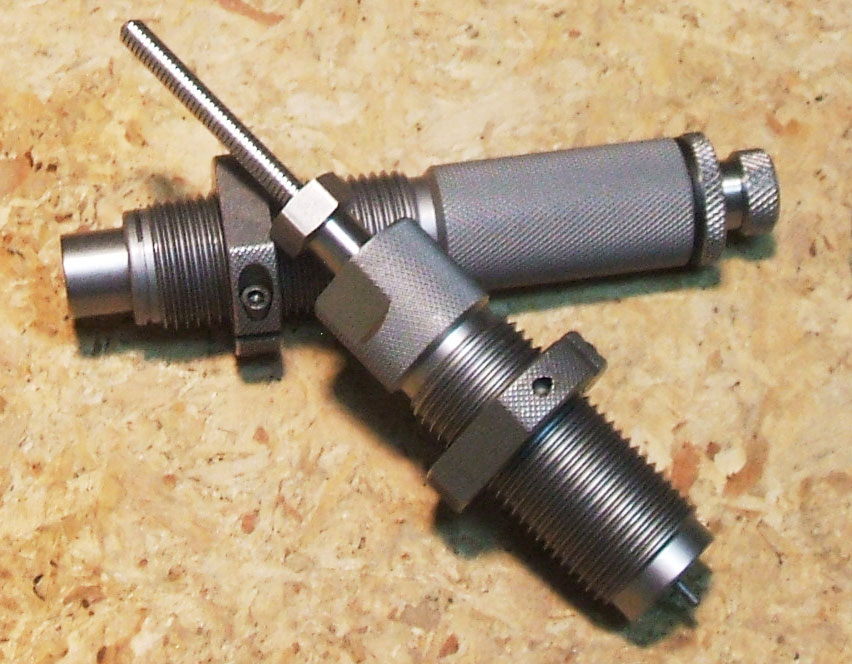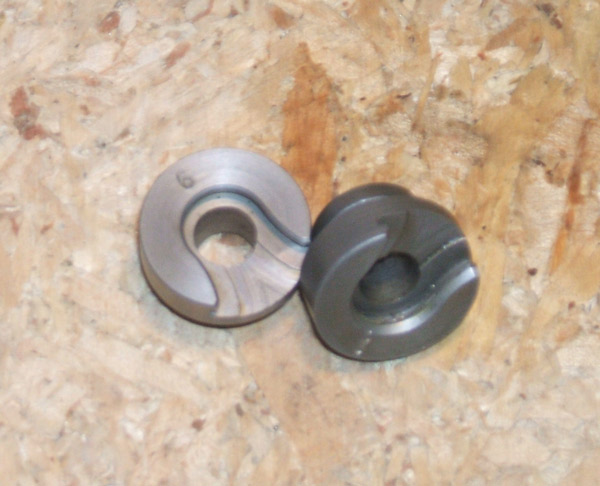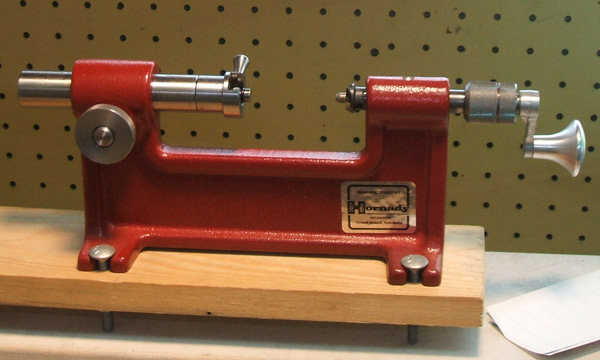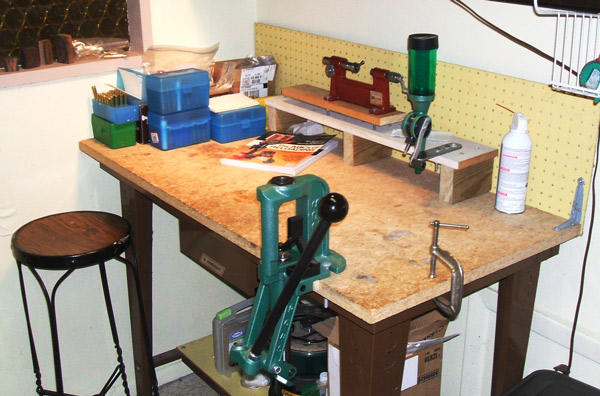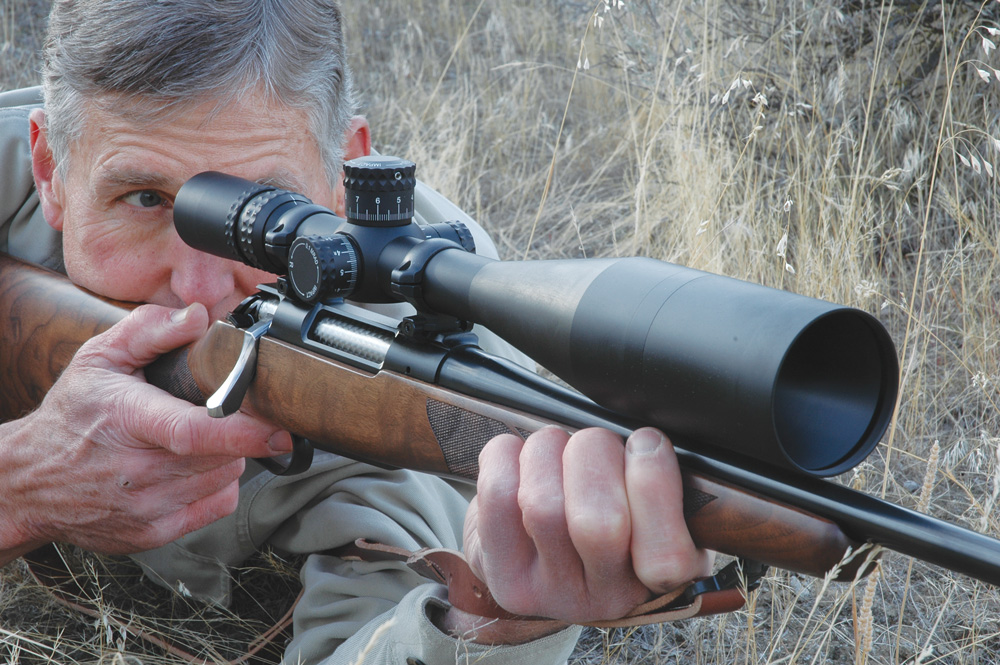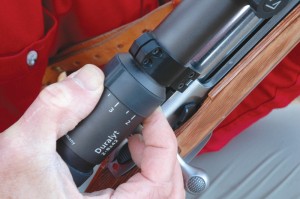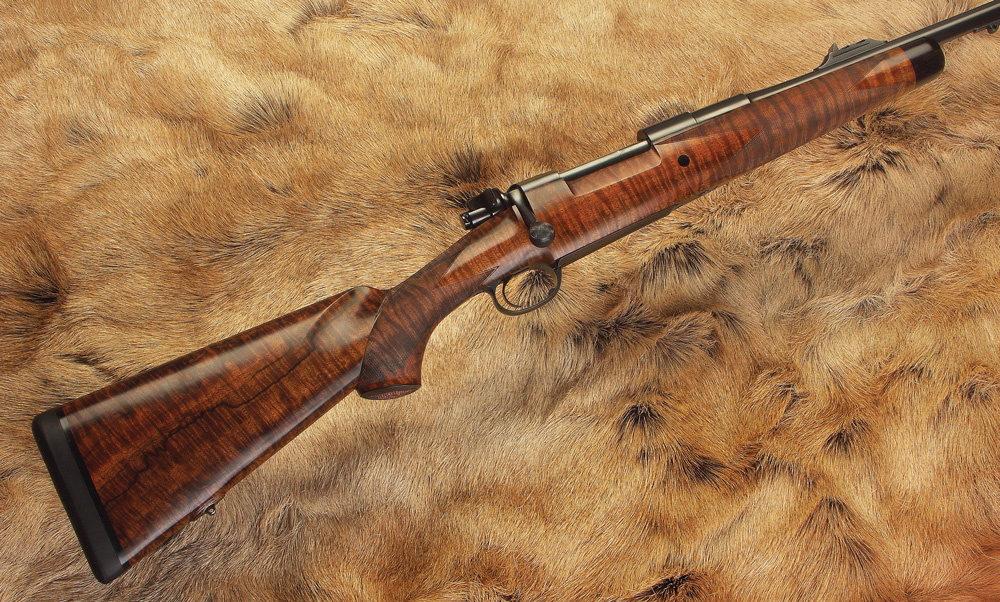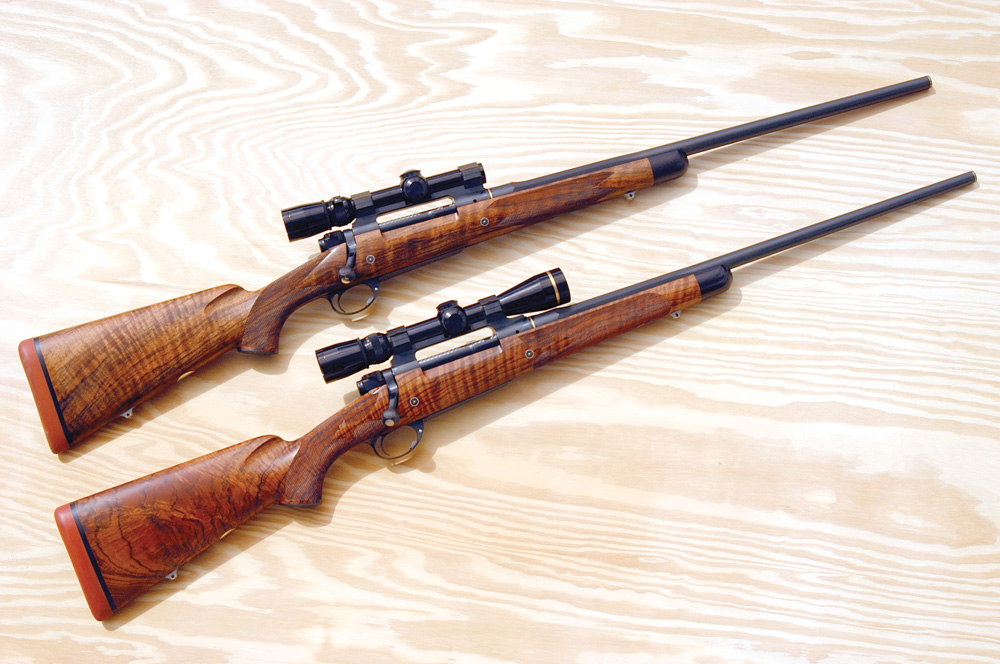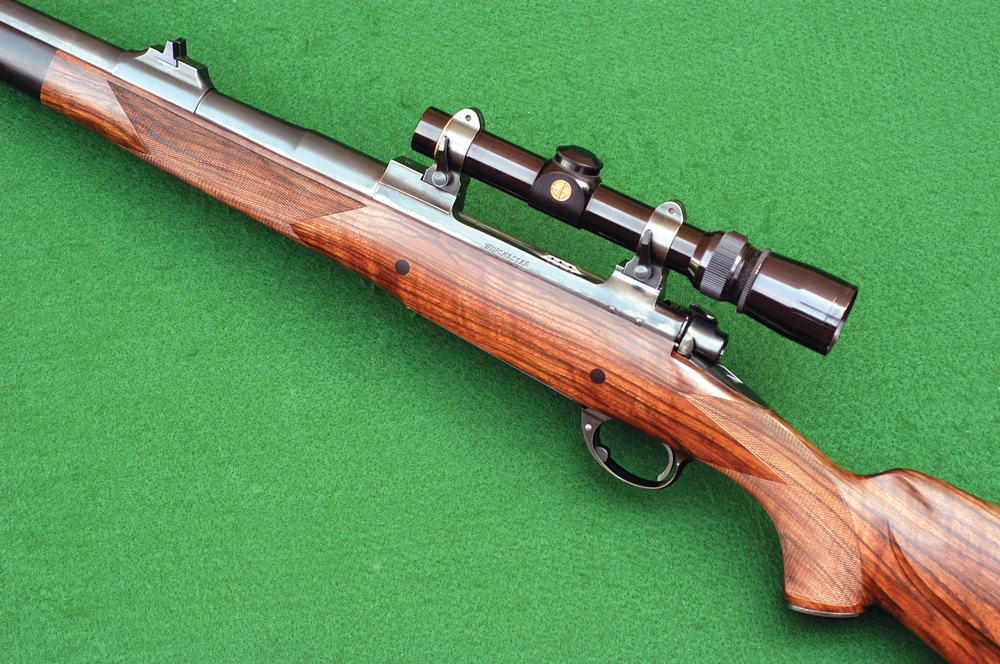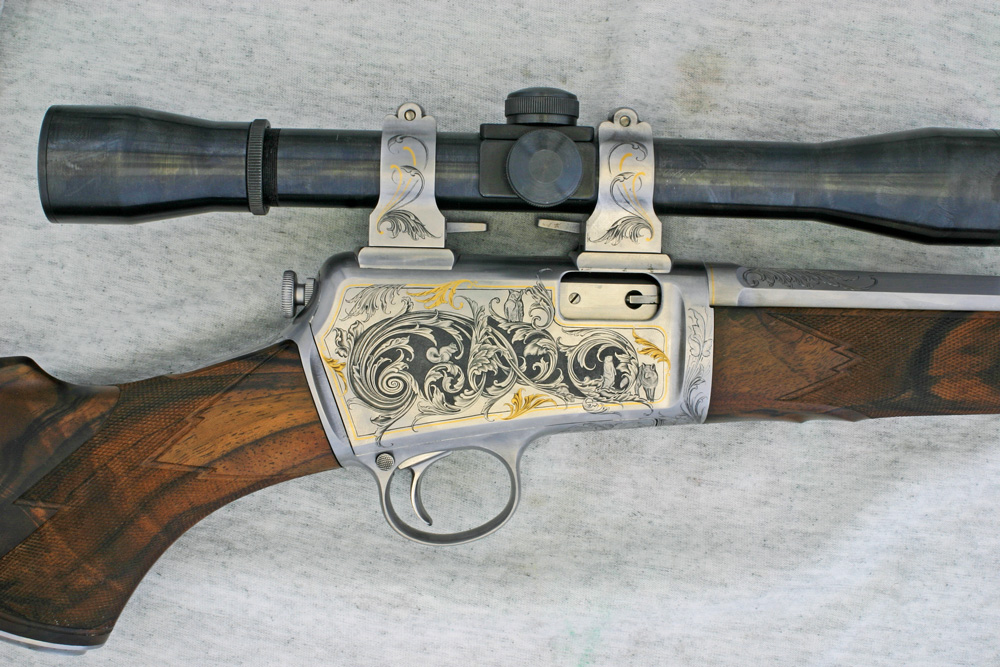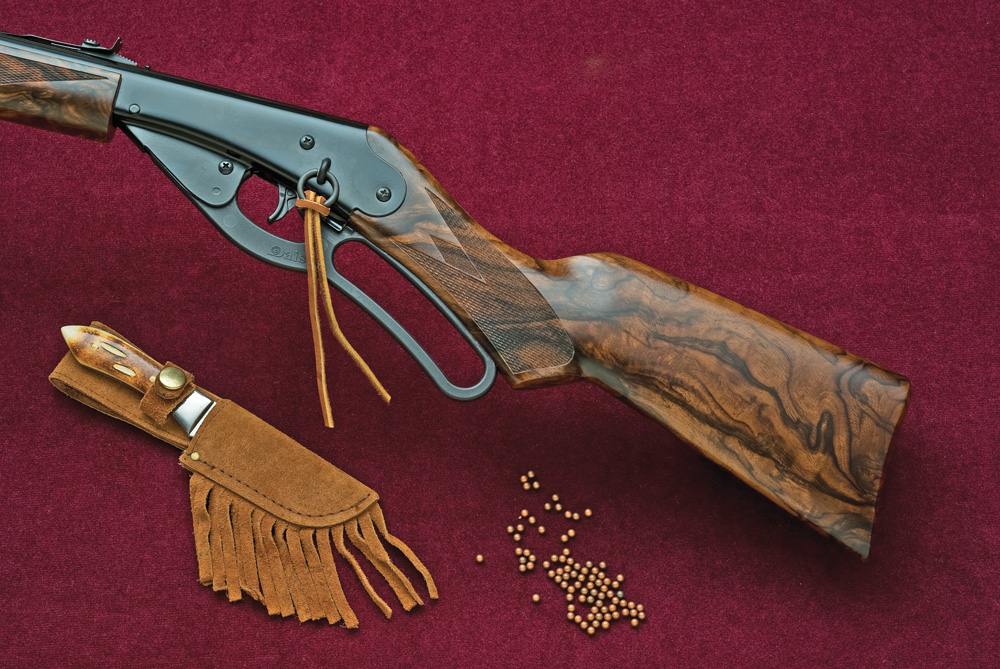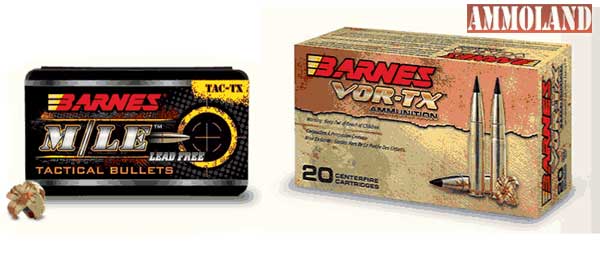Mix-and-Match Gun Cases
Negrini has rolled out a new line of gun cases called Tactica Concealed Carry. On the outside, they look like a sleek and stylish case that could hold anything. On the inside are modular, transformable inner sections of dense die-cut PixelFoam. That means you can swap out this sections like Lego parts to fit whatever gun or accessory you need to make a tight, secure fit. The user removes the unused pixels in whatever way you want to fit your firearm and additional pixels can be ordered for further customizing or if you lose one.
The cases come in eight sizes ranging from a single handgun case to one that holds six. There are also cases for AR-15-type rifles. All sizes of the cases have extra room for magazines and accessories. The exterior of the cases are made of a double wall multi-layer ABS technical polymer that is lightweight and absorbs shock. The MSRP ranges from $119 to $369. Check out Negrini Cases.
Cabinet for the Marksman-Archer
Some folks like to dabble in all of the shooting disciplines, including archery. Working off a 2006 study from the U.S. Fish & Wildlife Service that indicated 93% of all hunters hunt with firearms and 28% hunt with a bow, Stack-On came up with a security cabinet for hunters that houses both guns and bows.
The Buck Commander Gun & Bow Security Cabinet was designed to hold two compound bows and up to eight rifles or shotguns. The weapons are locked behind 3-point, key-coded system and the steel exterior has a Hammertone black and silver paint finish. Inside is a full-width, steel shelf for ammo or gear and on mounted on the door is a foam holder that holds 12 arrows. There is also hanging peg that attaches to the outside of the cabinet for hanging a bow—a handy feature for when your hands are too full.
“There is nothing else like it in the marketplace today,” said Shelley Nehrt, Director of Marketing for Stack-On Products. That is a true statement and the cabinet is perfect for the shooter that likes to send bullets, shot and arrows downrange. The specs: 21” wide, 18” deep, and 55” tall. Visit Stack-On.
Put Your Guns in Lock-Up
Rather than locking a firearm inside of container to keep it safe, another option exists: lock the gun through a mechanical device and simply leave it out in the open (or hidden if so inclined). This is what the RAC does for firearms that are not in use. It has both a trigger lock and a tamper-resistant mounting system that can withstand 4,700 pounds of pressure.
What is interesting about the RAC is that it can be mounted on just about anything and anywhere. It can be bolted underneath the hood of a trunk so when you open the trunk, there is your gun. It can be mounted about anywhere in your home, garage, barn or work area. The only caveat is that whatever you mount the RAC onto; it should be just as strong since the surface material will probably break before the RAC will if a vandal were to try and smash it off a wall. But even if that happened, then the criminal will have a useless gun with a lock stuck on it. Hence, only a true idiot would attempt such a thing.
Mounting the RAC is about as hard has hanging a bookshelf. Mark where you want to put it with a pencil, drill the holes, and wrench in the lag bolts. There are some special instructions for removing a pin and they are easily understood.
The RAC secures about 97% of firearms with a trigger housing and has earned California compliance certification. It can fit both long guns and handguns and so they won’t get scratched, it is covered with a smooth rubber coating. A tubular key is used to access the gun and the manufacturer recommends storing only unloaded firearms. Two kinds are offered: a three-inch model that stores one firearm, and a five-inch model that can hold multiple firearms depending on their size and shape. MSRP: $75. For more information visit The RAC.

